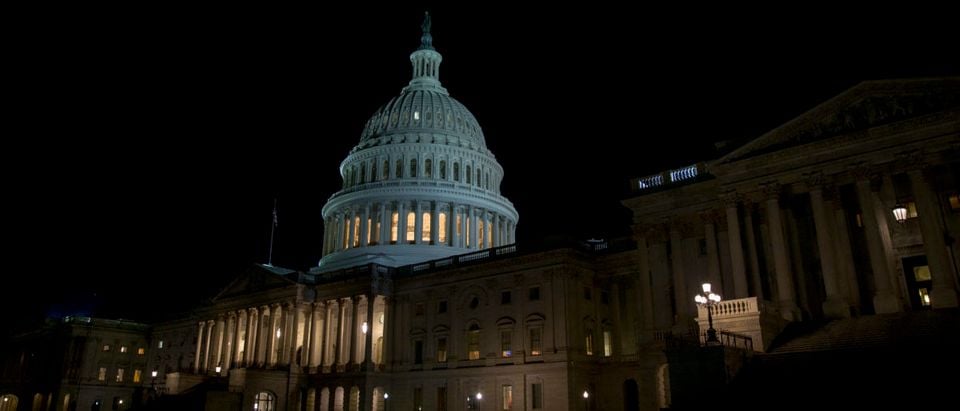America’s status as the world’s longest running democracy is both a blessing and a curse. The United States possesses deeply rooted democratic traditions and has enjoyed stable politics and the peaceful transfer of power since the Civil War. The American constitutional tradition includes elements essential to a functioning democracy: a free and independent press; rights of assembly, petition, and speech; civilian control of the military; and checks and balances on rogue power.
Still, American democracy remains tethered to such eighteenth century precedents as state discretion over the conduct of elections, local administration of elections, political gerrymandering of districts, and indirect election of the president, all of which hinder democratic practice. Unlike any other legislative body in the land and most legislatures worldwide, the U.S. Senate violates the principle of one person, one vote.
Delegates to the Constitutional Convention of 1787 granted each state two senators, regardless of population for pragmatic not principled reasons. James Madison, the father of the Constitution, argued that any departure from proportional representation was “evidently unjust” and “shocks too much the ideas of justice and every human feeling.”
Yet, to win ratification of their handiwork by small states, delegates agreed to the “Great Compromise” that established proportional representation only for the House and guaranteed equality for states in the Senate. As the ultimate concession to small states, delegates uniquely protected the Senate in Article V, which stipulates that “no state, without its consent, shall be deprived of its equal suffrage in the Senate.”
The Constitution insulated senators from changing popular sentiments, with terms of six years, unlike the two-year terms for House members. Although delegates agreed that appropriation bills must originate in the House, they endowed the Senate with the unique powers to ratify treaties and approve presidential appointees, including cabinet members and lifetime judges.
The imbalance in Senate representation that Madison decried, is far more glaring today than in the early Republic. According to the U.S. Census of 1790, the most populous state of North Carolina had a population 5.7 times that of the least populous state Rhode Island. In 2018, the most populous state of California has a population 69 times higher than the least populous state of Wyoming.
Today, 54 percent of the American reside in the ten most populous states, which represent just 20 percent of the U.S. Senate. The bottom 26 states hold a majority in the Senate, while comprising just 18 percent of the American people. These 26 states can block and, in some cases, enact legislation, and confirm or reject executive and judicial appointments. Population projections indicate that this disparity will only widen in future years.
The Senate’s lack of population balance infects the Electoral College, because each state receives two votes for each senator, plus its number of House seats. No matter how small the state, it is guaranteed at least three Electoral College votes. In two elections during the last 16 years, 2000 and 2016, the popular vote winner lost the presidency in the Electoral College. Prior to 2000, the Electoral College and the popular vote had not diverged since 1888.
As Chief Justice Earl Warren wrote in for the majority in the iconic 1964 one-person, one-vote decision in Reynolds v. Sims, “Legislators represent people, not trees or acres. Legislators are elected by voters, not farms or cities or economic interests.” The principle applies no less to the U.S. Senate than to the state and congressional districts.
America’s heavily populated states are much more urban and diverse than the lightly populated states. The population of the 26 least populous states is 70 percent urban, and 16 percent African American and Hispanic. The population of the ten most populous states is 85 percent urban, and 31 percent African American and Hispanic. All of the top ten states have at least one major city with a population of more than 450,000, compared to five of the bottom 26 states.
Article V of the Constitution, which requires the consent of every state, precludes any reform of the current Senate. However, it would be possible to enact a constitutional amendment that abolished the current Senate and replaced it with a renamed upper chamber. The reconstituted body could be roughly based on population with, for example, representation ranging from one to eight for each state.
This change would mitigate the current Senate’s population imbalance, while preserving meaningful representation for small states. It would recognize that in this age of mobility, most Americans consider themselves citizens of the nation, not of a state, and that most issues before Congress such as immigration, health care, taxes, defense, and the environment are national, not local.
Allan J. Lichtman (@AllanLichtman) is distinguished professor of history at American University in Washington, D.C.
The views and opinions expressed in this commentary are those of the author and do not reflect the official position of The Daily Caller.


